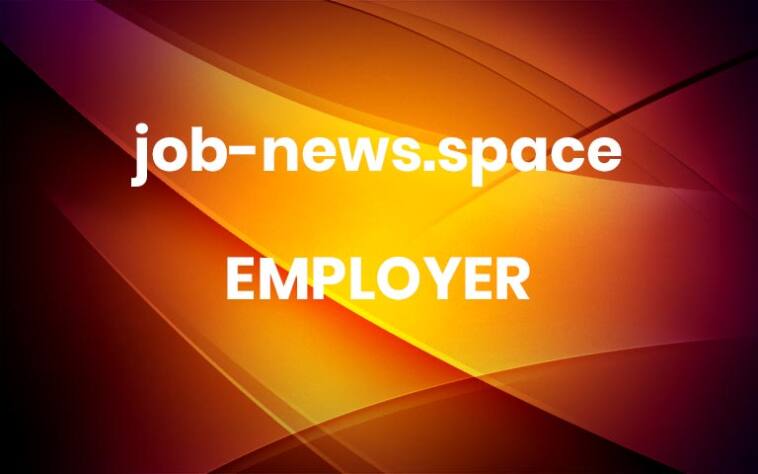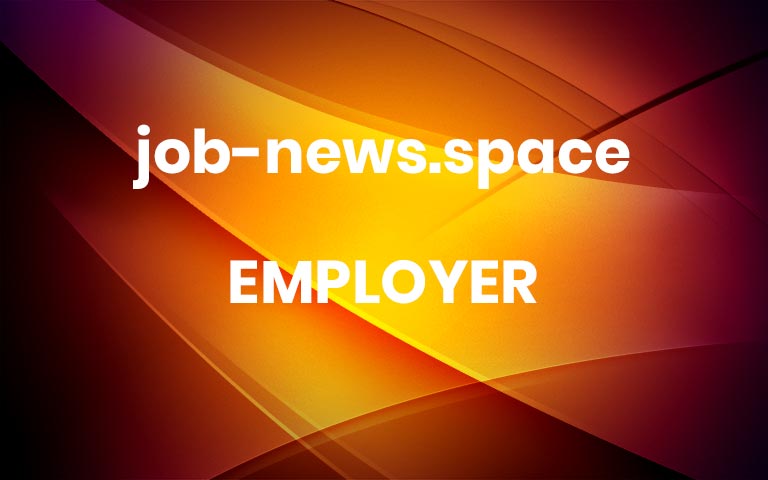How to Manage Inbound Applications & Rethink Talent Sourcing Analytics: Tips for Recruiters
Experiencing an overwhelming volume of inbound applications? In a new episode of Talk Talent to Me, LTK’s Global Head of Talent and People Analytics Shally Steckerl shares the importance of balancing application friction and how to optimize the applications coming in (especially when it’s become so easy to apply).
With Shally’s insights, let’s explore how to think about talent sourcing analytics in a new way and manage a flood of applications.
Handling too many inbound applications
Shally has noticed a recent increase in candidate volume on LinkedIn. Reflecting on this, he says:
“It’s more people clicking on jobs. But compared to the per capita click per job per person, it’s gone down. It used to be that a hundred people would be looking for jobs and fifty of them would be clicking on jobs a day. Now, it’s ten thousand people looking for jobs, [and] more like a thousand people clicking them.
There’s more indiscriminate clicking. We get the same person applying for dozens of jobs and [LinkedIn’s] Easy Apply doesn’t seem to really be a good idea anymore because we have too many applicants too quickly.”
Tools like this enable low-intent candidates and result in a “fire hose of candidates,” which usually means fewer fits for a role but more work for the recruiter. Seeing how much time and money this wastes, Shally encourages talent professionals to shift to a big-picture view.
Related: Connect with a curated pool of highly qualified tech candidates on Hired.
Evaluate your hiring tools
Shally points out teams may be spending a lot of money on a tool “where only a quarter of one percent of the people is getting hired.” Can you relate?
Related: How to Secure Approval for New Tech Tools (Free Template)
“There are other tools where I’m spending less and getting more hires per capita. I need to think about that and try to improve the conversion of quality from LinkedIn by essentially decreasing the volume.
All the different aspects of recruiting start to come under the microscope and into question. Are they a good return on investment? As a recruiter, you want all the money to spend on all the tools because you don’t know what’s going to work. But when it’s your budget, you really start to look at what you’re spending your money on in a different way.”
Related: Get Internal Approval for Recruiting Tools: A Step-by-Step Playbook
4 Ways to better balance the hiring process
Over the last few years, there’s been a lot of talk about how important it is to reduce friction in the application process. That might include:
Removing the cover letter
Not asking applicants for information already on their resume
Making the job application process mobile-friendly
But then the floodgates open.
Shally believes there needs to be a balance when it comes to reducing friction. “You want to reduce friction so you’re not making it inordinately awkward and difficult to apply. [At the same time,] you don’t want to reduce friction to the point where people can indiscriminately apply.”
So what can you do to achieve a balance? He suggests the following strategies.
1. Advertise jobs more selectively
“You could use, for example, programmatic advertising. This would spend your advertising dollars on destinations producing the outcome you want. Rather than looking for the outcome to be an indiscriminate number of applications, now we need to measure the source based on the percentage of interviews it generates.
Let’s say Source A has a hundred applicants but produced five interviews. Source B has ten applicants but also produced five interviews. Source B is producing higher quality per capita so I need to look at that.”
2. Prioritize outcomes over activity
“Activity refers to clicks and applies, which are really not relevant anymore. The outcome would be an interview or other results downstream. At the very least, you should be looking at which ones are making it to the interview because that’s a good indicator.”
3. Improve job description readability
A few tips to keep in mind:
Make job descriptions more gender-neutral.
Make job descriptions interesting and appealing.
Structure the order of information and how much information is present.
Make job descriptions shorter (without removing the interesting parts).
Keep your company brand, mission, and vision apparent without excess text and long lists of bullet points.
Shally says you might say, “‘If you’re interested in this kind of job, you landed in the right place.’ or ‘This is the kind of job for people like this. If this is you or you are someone who does this, then this is the job.’
Then you have a little bit about what’s exciting about a job, the requirements to qualify the candidates, and the nice parts. Somebody will read that and know they’re in the right place and check those boxes. All the details need to be succinctly visible on the page.”
You’ll also have people looking at the job and realizing it’s not a fit for them. They might actually opt out after looking at the minimum qualifications or because they don’t align with the mission. This provides an effective filter to reach the right people.
4. Enhance employer brand
It’s also possible you have a high volume of applicants because people are just looking at the job and have no idea what your company does. Address this by creating an employer branding campaign to make more people aware of what your company does.
“That way, they don’t have to determine that from the job posting itself. Candidates instead focus on reading the job requirements to see if they’re a fit.”
Related: 8 Ways to Hire Faster & Build a Better Employer Brand
Rethink your hiring metrics
In this episode, Shally emphasizes a focus on the quality of a hire over the activity numbers game. When evaluating the best sources, he likes to compare which source led to the most amount of interviews.
So, why the interview? Why not go further back or ahead?
Once you get a candidate and a hiring manager to agree to meet with each other (whether they actually do or not), consider it a win. This is still a positive indicator of quality according to Shally. Where things tend to no longer depend on a recruiter’s ability to attract people is beyond the interview.
“Before the interview, we can’t measure quality because all we know is they applied – unless you want to look at every resume.
Anything beyond the interview is out of the control of the recruiter because the hiring manager is the one conducting the interviews to determine the actual hiring of a candidate.”
Let’s consider the end of the funnel – the number of job offers. Here, you’re “looking at the quality of the entire process. That’s not just the source of the applicants. It’s the source of the interview experience, compensation, employment brand, hiring manager competencies as an interviewer, background check, and market conditions. These things don’t need to be tied to that source.
You would be crediting a source for an offer when, in reality, there’s more to the offer than the source. However, there’s not much more to the interview than the source.”
Level up your talent sourcing
Want more insight into reaching high-quality candidates in a flood of applicants? Download this eBook to uncover 8 ways to prevent and/or handle an overwhelming amount of inbound applications.
If your team needs some temporary or long-term help sourcing candidates for tech or sales roles, Hired can help! As an extension of your team, Hired Sourcers shortlist, screen, and manage communications to keep the process moving. Learn more about Hired Technical Sourcing services.
Want more insights just for recruiters?
Tune into Hired’s podcast, Talk Talent to Me, to learn about the strategies, techniques, and trends shaping recruitment and talent acquisition—straight from top experts themselves. More



